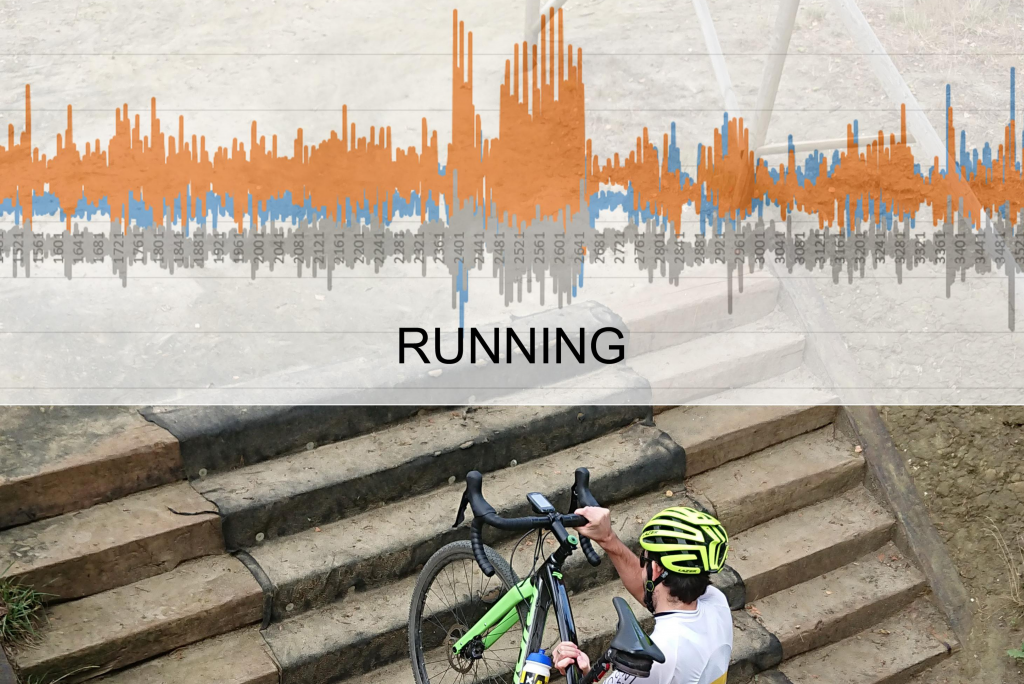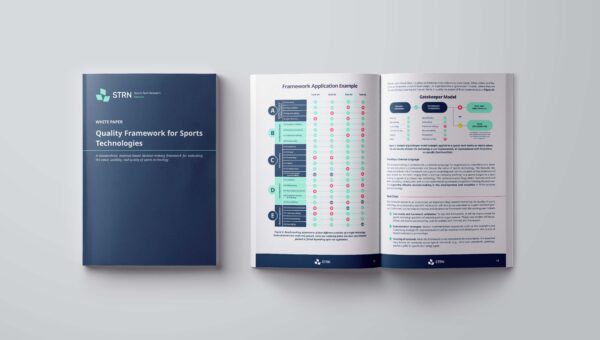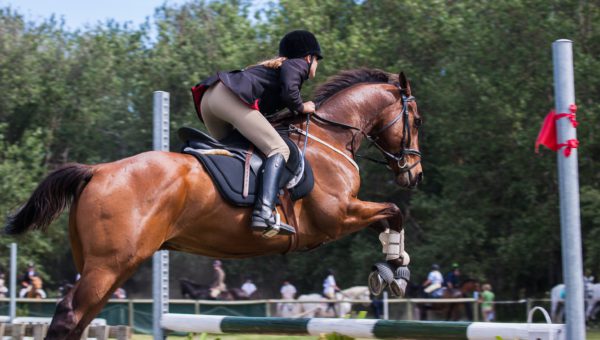Download the infographic about DAIQUIRI here.
These days, in non-covid times, more data is captured during sports events, e.g. sensors attached to bikes or athlete wearables. However, these data sources are mainly used for coaching purposes but actually they could also be used in sports coverage on TV. The missing gap there is the adequate translation of the sensor data into useful narrative elements tailored to be used and integrated in real-time dynamic visualizations and storytelling for sports events. Prof. dr. Steven Verstockt and his team provided a solution for this, called DAIQUIRI.

What does sports data mean and how can we use it to reinvent traditional reporting?
DAIQUIRI, Data & Artificial Intelligence for QUantifIed Reporting In sports, is creating a scalable data flow to help media channels to translate sensor data from sports into captivating, real-time messages with visualization. To do so, it will use Internet of Things (IoT) to extract data from athletes and their equipment. For example, sensor data can be used in cycling. The data can show that something is changing in the first group, someone accelerates and leaves the group behind. Furthermore the data tells us who this is and where this action takes place. This is only discussed afterwards on TV, but it can also be shown in real time.
The DAIQUIRI project develops AI algorithms that address today’s challenges around data overload, links between video and sensors, dynamic visualizations and multimodal stories. The result will be a data platform and dashboard that receives input from real-time sensors.
What does the future of DAIQUIRI hold?
The overall project goal is to develop a media-focused sensor data platform that can be used by professional content creators for creating interesting stories using meaningful data and insights on a sports game by means of a structured API. To achieve this, 4 innovation goals were set up:
- Optimize sensor connection, data linking and quality to reduce data flow by 30%.
- Stimulate personalized user experiences with real-time dynamic visualization and data flow to gain insights.
- Develop AI algorithms that allow to generate different types of story fragments.
- Set up various storytelling techniques to enrich traditional reporting with insights from sensor data.
The scalable data flow will be applied in cyclocross and during hockey games. The sensor data and insights generated by the platform will be used to design templates for real-time visualizations. This information then flows into a dashboard for content creation. Media professionals can then use that dashboard to quickly add data-driven insights to their reporting.
Let the video explain DAIQUIRI:
Do you want to learn more about DAIQUIRI? Download the infographic, watch the video or get in touch with us!





